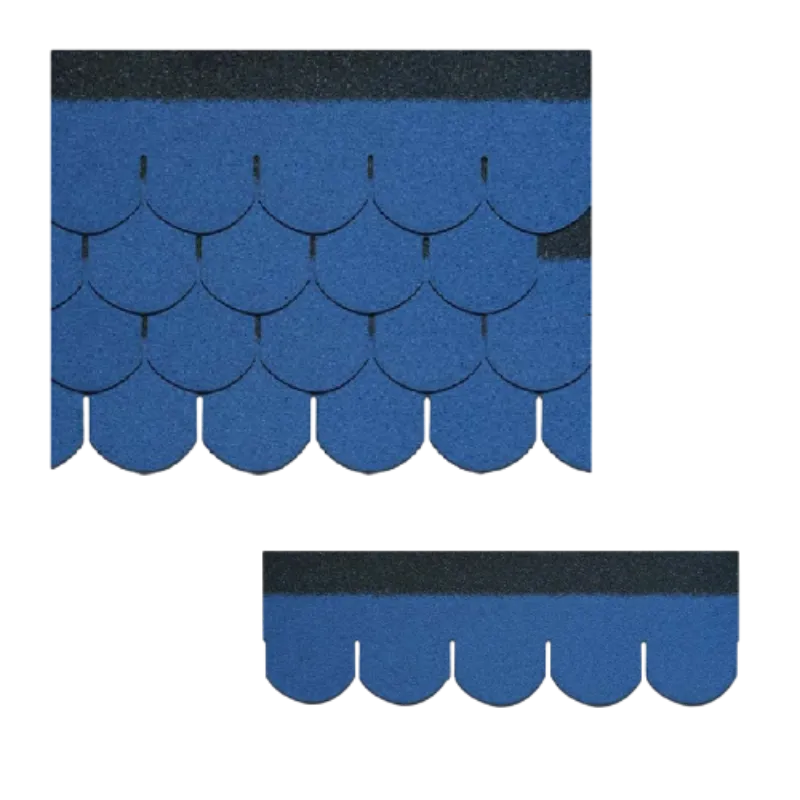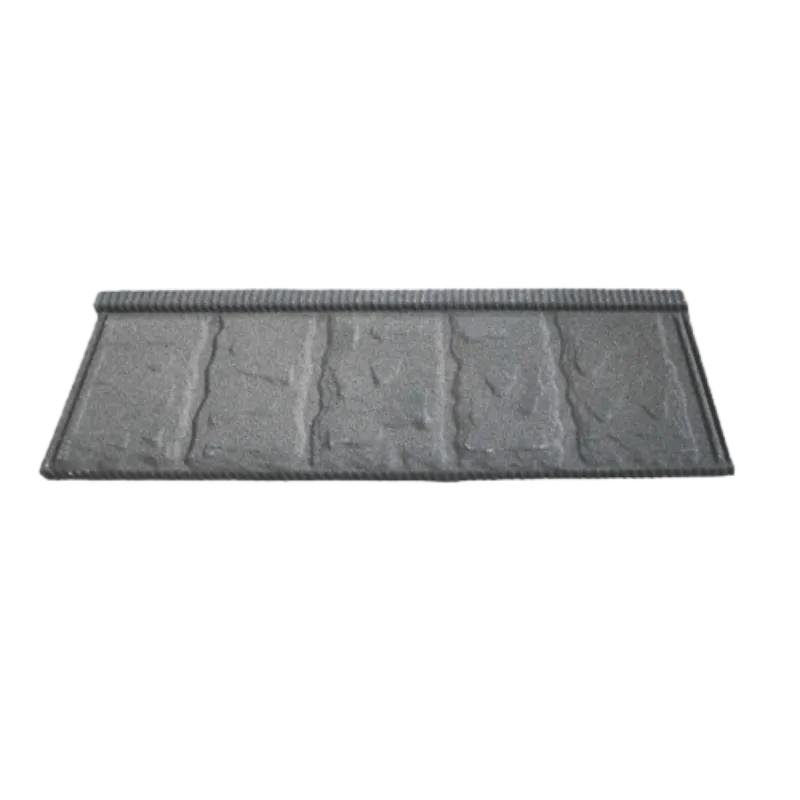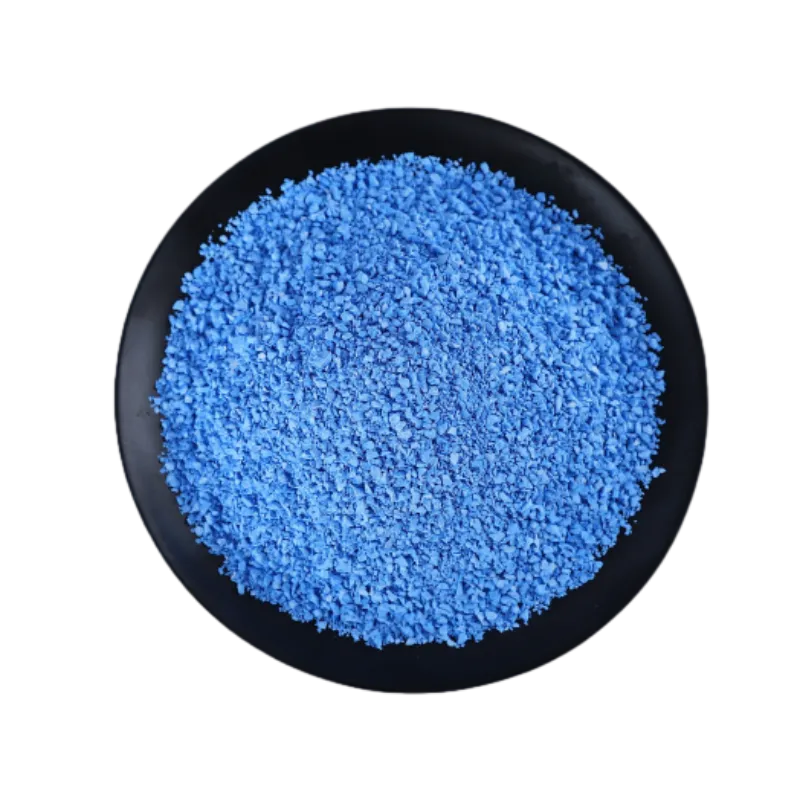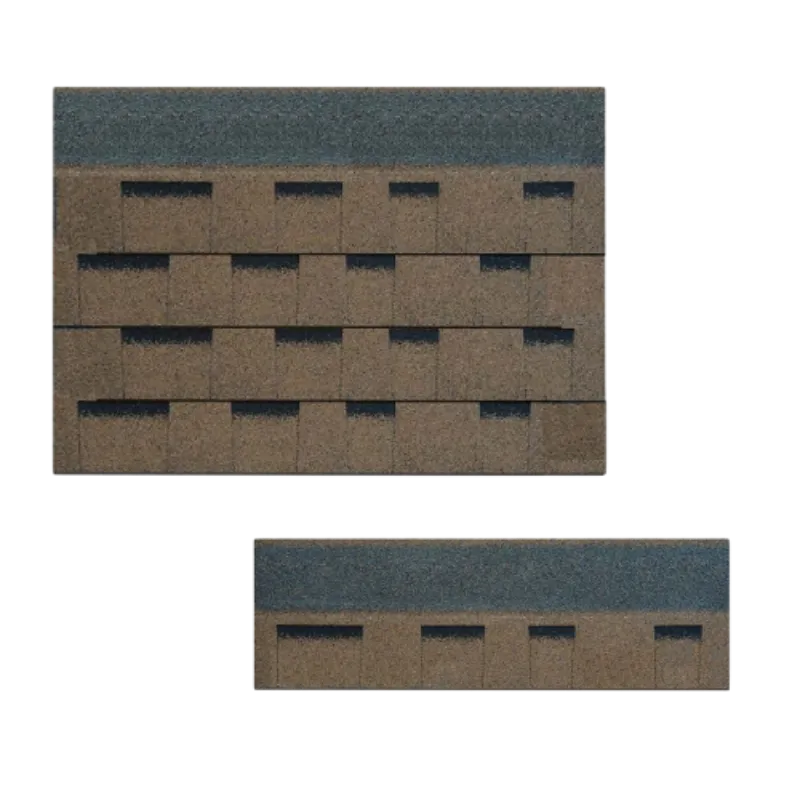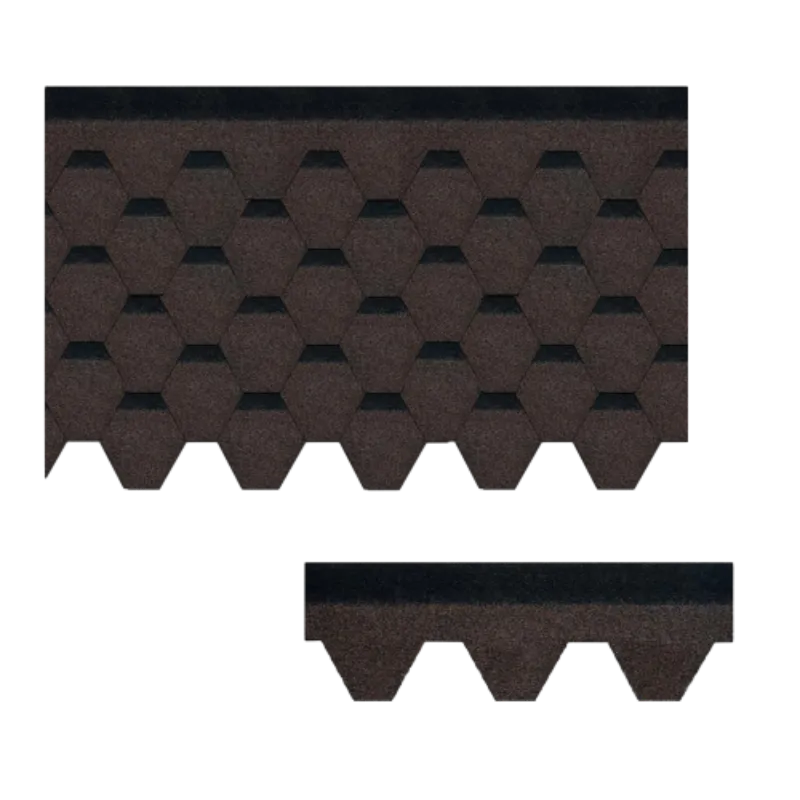
Nov . 18, 2025 21:30 Back to list
Terracotta Roof Restoration: Sustainable Repair for Heritage and Modern Homes
What Is Terracotta Roof Restoration and Why Should You Care?
Terracotta roof restoration might sound like a fancy phrase reserved for heritage architects or historic preservationists, but it's actually an increasingly important practice worldwide. Simply put, terracotta roof restoration involves repairing, preserving, or upgrading roofs made from terracotta tiles — that warm, earthy red clay ceramics you often see atop Mediterranean villas or colonial architecture.
Why does this matter on a global scale? Well, terracotta roofs aren’t just pretty relics or aesthetic accessories; they're a sustainable building tradition that balances durability, thermal performance, and cultural identity. In a world grappling with climate change, urbanization, and resource management challenges, understanding how to restore and maintain terracotta roofs means preserving energy efficiency, reducing waste, and keeping historical character intact. Plus, since terracotta tile roofs can easily last 50 years or more when properly maintained, restoration isn’t just a repair job — it’s a long-term investment that benefits economies and communities alike.
Mini Takeaway: Terracotta roof restoration bridges tradition and sustainability — it’s about saving heritage while adapting for a greener future.
The Global Context: Why Terracotta Roof Restoration Matters Today
Across Europe, Asia, Australia, and Latin America, terracotta roofing is more than decor; it’s woven into the very identity of countless communities. According to UNESCO, preserving traditional building materials like terracotta is a critical part of safeguarding cultural heritage. Meanwhile, the International Organization for Standardization (ISO) emphasizes the environmental benefits of extending building lifespans and reducing new resource consumption — and terracotta restoration fits right in.
But here's the rub: rapid urban sprawl and climate extremes are cracking, displacing, or outright replacing traditional roofs with cheaper, less sustainable alternatives. This isn’t just an aesthetics issue; it’s about resilience and energy efficiency, especially in vulnerable regions hit by flooding or extreme heat.
So the challenge? How can we balance modernization, cost concerns, and environmental impact while sustaining the practical benefits terracotta roofs offer? That’s where terracotta roof restoration techniques come in as a global industry focus.
Mini Takeaway: Preserving terracotta roofs addresses heritage conservation, climate resilience, and sustainable urban growth — a real trifecta for global stakeholders.
What Does Terracotta Roof Restoration Really Mean?
In straightforward terms, terracotta roof restoration is the process of repairing, cleaning, and renewing terracotta tile roofs to bring them back to their original performance and appearance. This could include replacing broken tiles, cleaning moss or pollution buildup, reapplying protective coatings, or upgrading the waterproofing underlay.
It’s more than slapdash repairs. For architects, conservationists, and property owners, the goal is to maintain the roof’s integrity, long-term weather resistance, and thermal benefits without sacrificing the tiles’ natural clay charm. In humanitarian and commercial settings, this process helps reduce waste from total roof replacements while improving building durability.
In essence, terracotta roof restoration keeps these distinct roofs functional and beautiful, rather than obsolete, in our increasingly modern built environment.
Mini Takeaway: It’s about thoughtful repair and protection to extend the life of terracotta roofs, leveraging their traditional benefits for modern needs.
Core Aspects of Effective Terracotta Roof Restoration
1. Durability
Terracotta tiles are inherently durable, but once weather and time take their toll, weak spots crop up. Restoration focuses on identifying damaged or cracked tiles and replacing them carefully, ensuring the entire roof maintains structural soundness.
2. Thermal Efficiency
One neat thing about terracotta is how it helps regulate internal temperatures—keeping homes cooler in summer and warmer in winter. Restoring tiles and replacing faded seals substantially improves this natural performance.
3. Aesthetic Integrity
Matching color tones, surface finishes, and tile shapes matters a lot for heritage properties. Good restoration respects the original look so the roof remains authentic, visually pleasing, and compliant with conservation guidelines.
4. Cost Efficiency
Compared with full roof replacement, restoring terracotta tiles is often cheaper and faster, reducing disruption to occupants. Material reuse also aids sustainability and cuts waste management expenses.
5. Waterproofing & Weatherproofing
Downtime on roof repairs isn’t an option in rainy climates, so sealing cracks, refreshing mortars, and upgrading underlayment are vital to prevent leaks and mold growth down the line.
6. Environmental Sustainability
Terracotta is natural and recyclable, so restoration aligns with eco-conscious building standards like LEED or BREEAM, supporting green building certifications.
Mini Takeaway: Successful terracotta roof restoration balances strength, efficiency, looks, and sustainability — a harmonious blend for any property.
Global Use Cases: Where Terracotta Roof Restoration Shines
You'll find terracotta roof restoration at work from the sun-drenched Mediterranean to historic towns in Latin America and even parts of Asia Australia. For example:
- Heritage preservation: European cities like Florence and Seville actively invest millions in restoring centuries-old terracotta roofs, ensuring tourist appeal and landmark status.
- Post-disaster rebuilding: In regions struck by floods or earthquakes, such as parts of Indonesia or Italy, restoring damaged terracotta roofs helps communities retain cultural identity while reestablishing safe shelter.
- Eco-conscious new development: Some developers prefer restoring or integrating terracotta tiles with modern green technologies in urban regions prioritizing sustainability.
- Institutional use: Universities and museums with historic campuses often lead restoration projects as part of green building strategies.
Mini Takeaway: From culture-rich cities to disaster zones, terracotta roof restoration serves both emotional and functional needs worldwide.
Advantages and Long-Term Value You Can Count On
Engaging in terracotta roof restoration promises a variety of rewards beyond just looking good. For one, properly restored roofs dramatically improve energy efficiency, cutting cooling costs by up to 25% in some climates (source: Wikipedia on Green Building).
Moreover, these roofs resist fire better than synthetic equivalents and are less prone to warping or fading, making them reliable for decades. That sense of safety, combined with enhanced property values and community pride, often leads to emotional satisfaction that can’t be easily quantified.
Financially? The restoration often beats outright replacement by over 30% in cost and time, if you factor in labor, materials, and downtime. Plus, reusing existing tiles reduces landfill waste — a win for your wallet and the planet.
Mini Takeaway: A restored terracotta roof delivers economic, environmental, and emotional benefits that build over time.
Looking Ahead: Future Trends in Terracotta Roof Restoration
It might surprise some that a traditional material like terracotta is being shaped by cutting-edge innovation — smart coatings that repel pollutants, drones inspecting roof conditions in hard-to-reach areas, and even AI analyses of roof damage. There’s also growing interest in integrating solar tiles designed to mimic terracotta aesthetics, bringing renewable energy invisibly onto historic buildings.
Additionally, policy shifts toward green building codes and circular economy principles mean roof restoration techniques will increasingly focus on zero-waste processes and bio-based protective treatments.
Mini Takeaway: Even timeless terracotta roofs aren’t immune to the digital and green revolutions shaping modern restoration.
Challenges in Terracotta Roof Restoration and How to Tackle Them
Let’s be honest — restoring old roofs is often complex, and terracotta is fragile. Common snags include:
- Tile sourcing: Matching original colors and shapes can be tricky if the original manufacturing techniques are obsolete.
- Labor skill gap: Certified restoration artisans are in short supply, leading to quality inconsistencies.
- Weather delays: Restoration can stall amid bad weather, risking damage to the underlying structure.
How to fix these? Innovative 3D printing of tiles, training programs for restoration craftspeople, and flexible project timelines backed by weather forecasting tools are all emerging solutions.
Mini Takeaway: While challenges persist, new tech and skilled labor investments are bridging gaps in terracotta roof restoration quality and consistency.
Quick FAQs About Terracotta Roof Restoration
- Q: How long does a terracotta roof restoration typically last?
- A: With proper maintenance, a restoration can extend a roof’s life by 20-30 years, sometimes much longer depending on climate and materials.
- Q: Is terracotta roof restoration cost-effective compared to full replacement?
- A: Generally yes — restoration can save 30-50% of costs and reduce project time, but depends on roof size and damage severity.
- Q: Can restoration improve energy efficiency?
- A: Absolutely. Restored terracotta roofs maintain better thermal regulation, lowering heating and cooling costs substantially.
- Q: Are eco-friendly materials used in terracotta roof restoration?
- A: Many restorers now use breathable, natural coatings and recycled tiles to support sustainability goals.
- Q: Can terracotta roof restoration be applied in humid or tropical climates?
- A: Yes; though extra care is needed to prevent moss and algae growth, proper sealing and ventilation techniques optimize outcomes.
Terracotta Roof Restoration: Product Specification Table
| Specification | Typical Values | Comments |
|---|---|---|
| Tile Material | Natural red clay (Calcium Silicate) | Durable and breathable |
| Tile Dimensions | 250mm x 160mm x 15mm | Common standard size |
| Lifespan (With Restoration) | 50+ years | Depends on maintenance & climate |
| Thermal Conductivity | ~1.5 W/m·K | Good heat insulation |
| Weight per Tile | 2.7 kg | Affects structural load |
| Restoration Coatings | Silicone-based water repellents | Enhances longevity & waterproofing |
Vendor Comparison: Terracotta Roof Restoration Providers
| Provider | Services Offered | Years Experience | Sustainability Focus | Typical Project Scale |
|---|---|---|---|---|
| ClayRenew Ltd. | Tile replacement, cleaning, eco coatings | 15 years | High – uses recycled tiles and green sealants | Residential & Heritage restoration |
| TerraFix Solutions | Full roof inspection, 3D tile printing, restoration | 10 years | Medium – incorporating smart coatings | Commercial & Institutional |
| HeritageTile Care | Specialist in historic landmark restorations | 25 years | High – adheres to conservation standards | Monument & Museum properties |
In Closing: The Last Word on Terracotta Roof Restoration
Terracotta roof restoration is a bit like breathing new life into a building’s soul. It’s not just about fixing old tiles — it's about preserving tradition, improving energy efficiency, and embracing sustainability all at once. For owners and architects looking for that timeless charm paired with modern green credentials, restoration offers a compelling alternative to costly roof replacements.
Interested in diving deeper or getting the experts involved? Visit our website terracotta roof restoration for resources, vendors, and cutting-edge techniques. You’ll find everything from step-by-step guides to case studies that show how communities worldwide are reinventing terracotta roofs for today and tomorrow.
After all, in the world of roofing, a tile today could be a legacy tomorrow.
References & Further Reading
-
Black Clay Tile: Durable, Sustainable Roofing for Modern Needs
NewsNov.24,2025
-
Red Clay Roof Tiles: Durable, Sustainable & Stylish Roofing Solutions
NewsNov.23,2025
-
Durable and Sustainable Ceramic Roofs: A Global Perspective on Design & Innovation
NewsNov.23,2025
-
Synthetic Clay Tile Roof – Durable, Eco-Friendly Roofing Solutions for Modern Buildings
NewsNov.22,2025
-
Expert Guide to Terracotta Tile Roof Restoration - Sustainable Preservation & Repair
NewsNov.21,2025
-
Planum Roof Tiles – Durable, Sustainable Flat Roofing Solutions for Global Needs
NewsNov.20,2025


